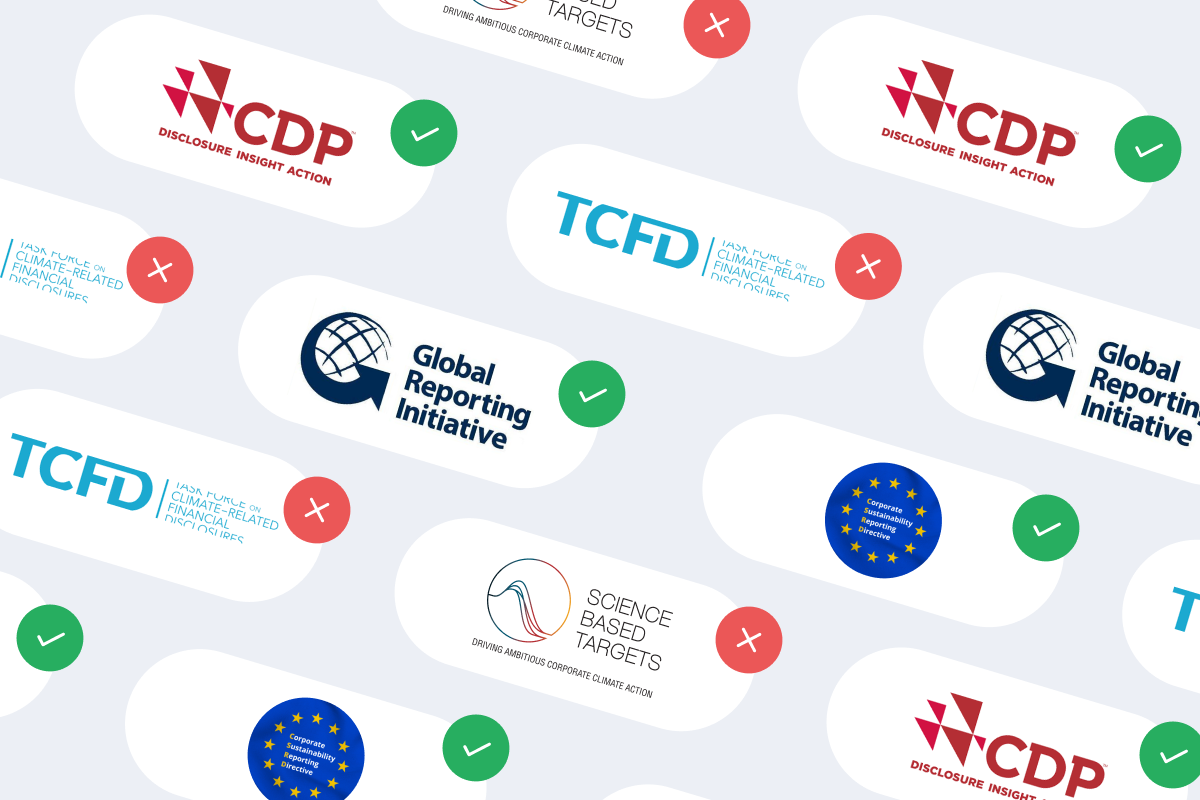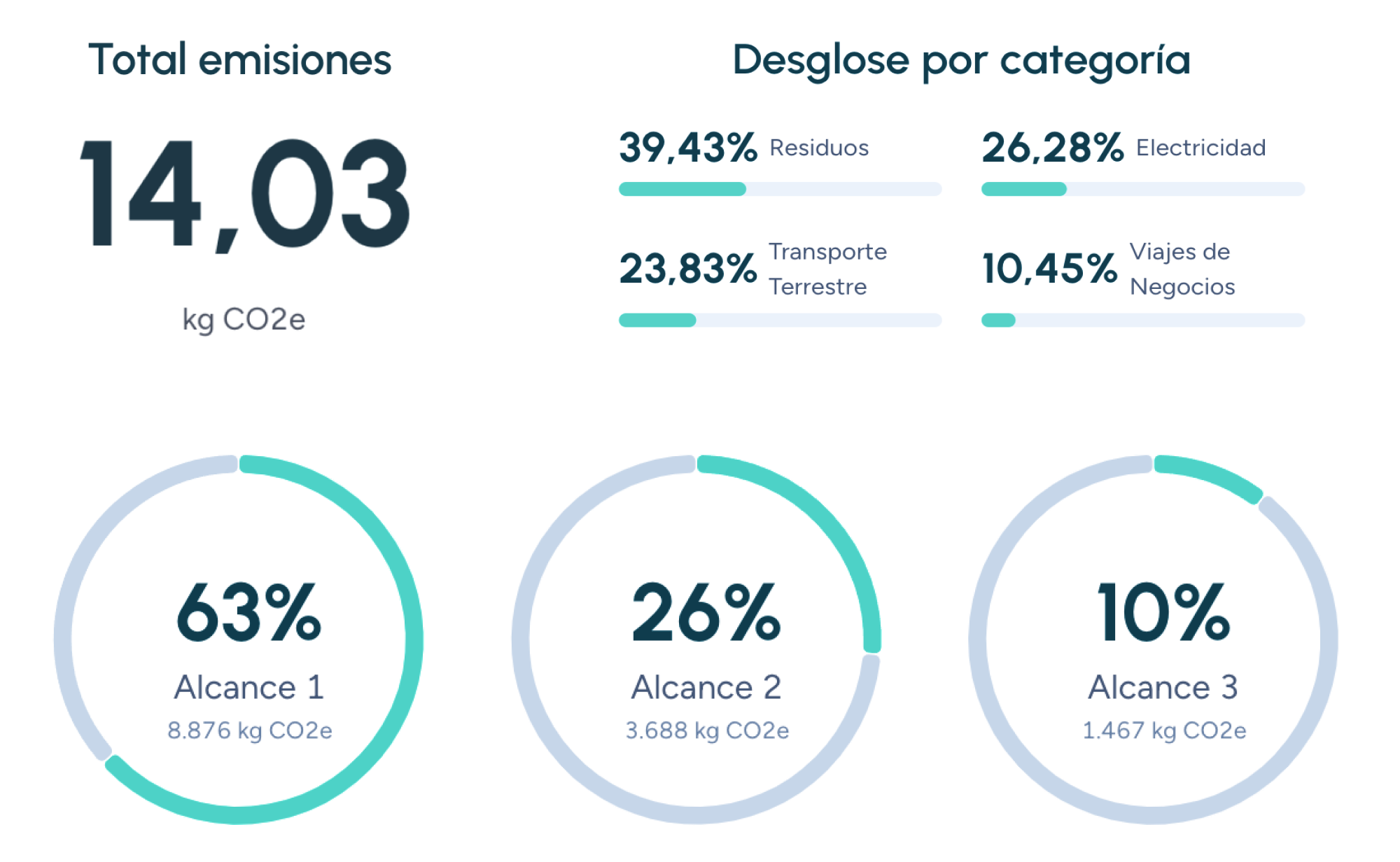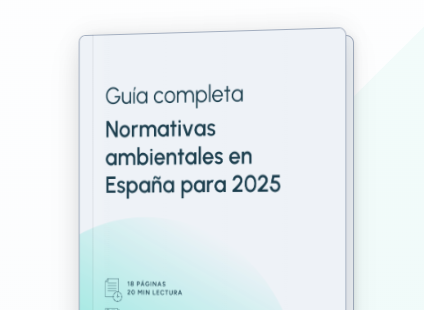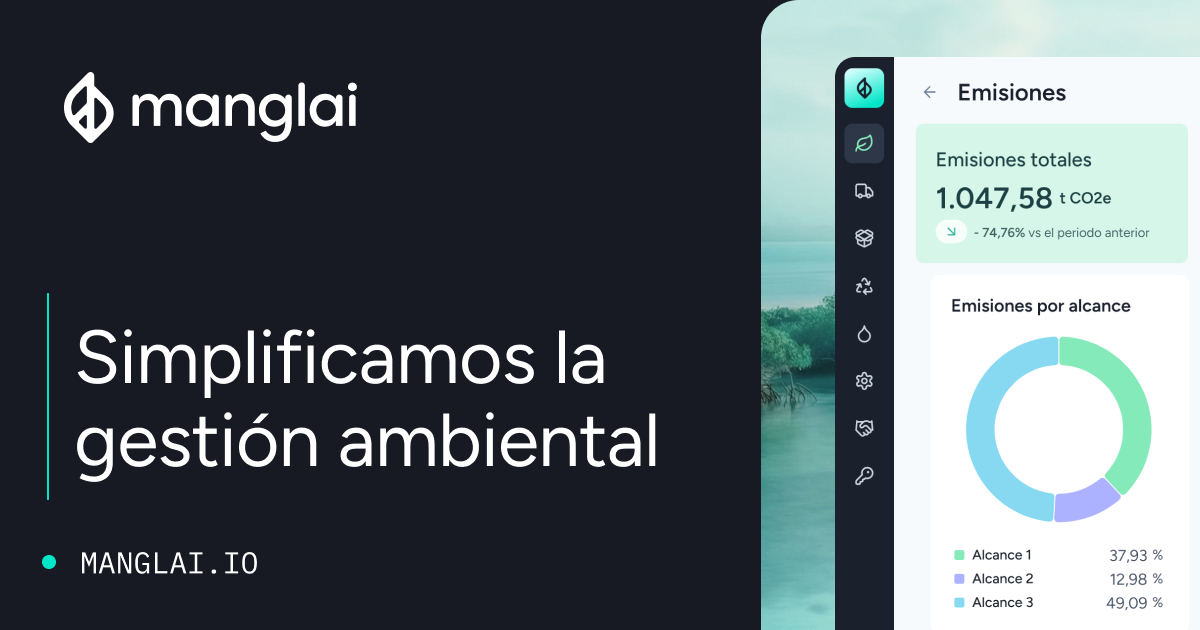Back to the blog
Product carbon footprint
What is a Product Carbon Footprint and How is it Measured?
Jaume Fontal
CPTO & Co-Founder
The competitiveness of a product is no longer decided solely by its price or design: more and more buyers demand to know exactly how many kilograms of CO₂ are emitted from raw-material extraction to end-of-life.
That figure, expressed as the Product Carbon Footprint (PCF), has become a passport to enter sustainable supply chains, attract ESG investment and avoid regulatory surcharges such as the EU’s Carbon Border Adjustment Mechanism.
This article explains, in a clear step-by-step format, what a PCF covers, which standards govern its calculation and how any company can measure it rigorously, turning tonnes of avoided CO₂ into tangible commercial advantages.
What is a Product Carbon Footprint (PCF)?
A Product Carbon Footprint quantifies all greenhouse-gas emissions generated across the full life cycle of a good or service and expresses them in kilograms of CO₂-equivalent per functional unit.
What does a PCF include?
Under ISO 14067 and the GHG Protocol Product Standard, a PCF must account for direct emissions (Scopes 1 and 2) and indirect emissions (Scope 3) linked to raw materials, transport, use phase and end-of-life.
Omitting the use phase would, for instance, distort any comparison between an A-rated appliance and a C-rated one.
Step-by-step methodology for a reliable PCF
Step 1: Define the functional unit and system boundaries
If your firm bottles mineral water, the unit could be “one 500-millilitre bottle ready for consumption.” Build a life-cycle inventory with data on electricity, fuels and materials.
Step 2: Apply vetted emission factors
Convert the inventory into CO₂-eq using recognised factors.
Step 3: Add emissions from all stages and divide by the functional unit
The resulting figure can then be displayed on labels or ESG reports.
For a deeper dive into inventory building, see our article on the Life-Cycle Inventory (LCI).
Benefits of disclosing a PCF
Climate-friendly marketplaces such as Amazon Climate Pledge favour products with verified PCFs. Regulators require the figure to comply with CSRD and to avoid CBAM surcharges on EU exports.
Market studies show that a low-CO₂ label commands an average 5 % price premium over comparable products lacking impact data.
Strategies for cutting the PCF
Reductions usually start with raw-material substitutions: switching from virgin aluminium to recycled steel cuts impact by roughly 35 %.
Signing a renewable-energy PPA virtually eliminates Scope 2 emissions. Reusing packaging is another high-impact lever; ten cycles of returnable PET lower the footprint by 41 % compared with returnable glass.
Finally, fully-loaded outbound and return logistics trim transport emissions by about 12 %.
Product Carbon Footprint: A passport to sustainability
Calculating a PCF is now essential for gaining access to sustainable supply chains, qualifying for tax incentives and winning over the increasingly demanding eco-conscious consumer.
Measure, verify, communicate and link your reduction plans to the water-management and product-footprint strategies featured on our blog—you’ll turn avoided grams of CO₂ into euros of added value and market trust.
FAQs about Product Carbon Footprint (PCF)
Which standard applies?
ISO 14067 and the GHG Protocol Product Standard provide the accepted methodology.
Are results verified?
Yes. An ISO 14065-accredited verifier audits the data before publication.
How much does a PCF study cost?
Around €4,000 for a simple product and from €15,000 upward for complex systems.
Jaume Fontal
CPTO & Co-Founder
About the author
Jaume Fontal is a technology professional who currently serves as CPTO (Chief Product and Technology Officer) at Manglai, a company he co-founded in 2023. Before embarking on this project, he gained experience as Director of Technology and Product at Colvin and worked for over a decade at Softonic. At Manglai, he develops artificial intelligence-based solutions to help companies measure and reduce their carbon footprint.
Content
Companies that trust us

Real Decreto 1055/2022: Key aspects of EPR for commercial and industrial packaging in Spain
Discover how to comply with Real Decreto 1055/2022 and apply Extended Producer Responsibility (EPR) to commercial and industrial packaging.
20 October, 2025
Direct vs. Indirect Environmental Impact in Environmental Analysis: What’s the Difference?
Understand the distinction between direct and indirect impact in environmental analysis.
16 July, 2025
Environmental Transparency in Products: How to Communicate Sustainability for Responsible Consumption
Learn how product transparency drives sustainability and informed choice.
14 July, 2025
Guiding businesses towards net-zero emissions through AI-driven solutions.
© 2026 Manglai. All rights reserved
Política de Privacidad


